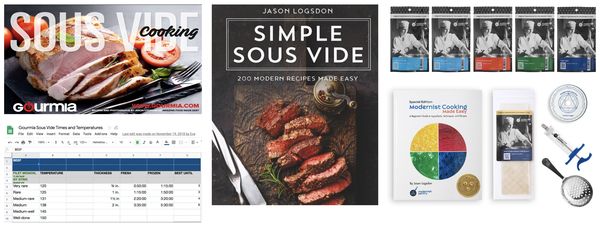
If you are anything like me, then over the years, your biggest focus for your blog has probably been creating an abundance of content, from product reviews and "how to guides" to lots and lots of recipes. It's something I, and most bloggers, really enjoy doing, and it is often a blogger's favorite thing about blogging.
While I have gotten a ton of benefit from all the different types of content, the part that has paid for itself again and again has been the recipes. I've been able to reuse them in a variety of ways, from creating internal projects like smartphone apps and cookbooks to licensing them to outside companies, which is what I want to talk about now.
Another way of working with external companies that isn't ad based is by providing content and recipes to them.
The general concept is when an outside entity, usually an equipment manufacturer or publisher, wants to use your recipes as part of their product. This is because many manufacturers don't know the cooking aspects, they just know the manufacturing aspect. So they turn to outside sources to provide the "how to" information their customers will need. And that's where you come in, to provide the "how to" information.






















